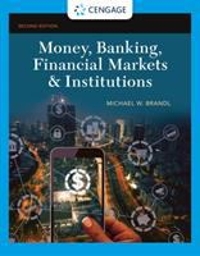Question
An investment of $750,000 is made at time zero, with annual revenues of $60,000 over 10 years and O&M costs of $200,000 in year 1,
An investment of $750,000 is made at time zero, with annual revenues of $60,000 over 10 years and O&M costs of $200,000 in year 1, growing by a rate of 6% each year. The salvage value at the end of 10 years is $50,000, and the MARR is 12%. Perform a simulation, assuming the following: Revenues are normally distributed, with mean $600,000 and standard deviation $400,000. Operating costs start at $200,000 in year 1 and grow at a rate that compounds on previous periods. Assume that the operating costs grow uniformly according to U[0.5%, 1.5%] in the second period, and that the rate increases such that it grows at the realized rate plus U[0.5%, 1.5%] in the third period, following this pattern in each period thereafter. The salvage value has a 0.8 probability of being $50,000, 0.15 of being $60,000 and 0.05 of being $70,000 at the end of the horizon. The horizon is either 10 or 11 periods, with probability 0.5 for each. Determine the expected mean, its standard deviation, and the probability of success. How does this analysis compare with the deterministic one?
Step by Step Solution
There are 3 Steps involved in it
Step: 1

Get Instant Access to Expert-Tailored Solutions
See step-by-step solutions with expert insights and AI powered tools for academic success
Step: 2

Step: 3

Ace Your Homework with AI
Get the answers you need in no time with our AI-driven, step-by-step assistance
Get Started


